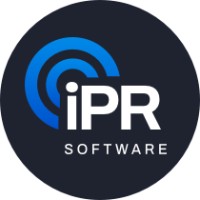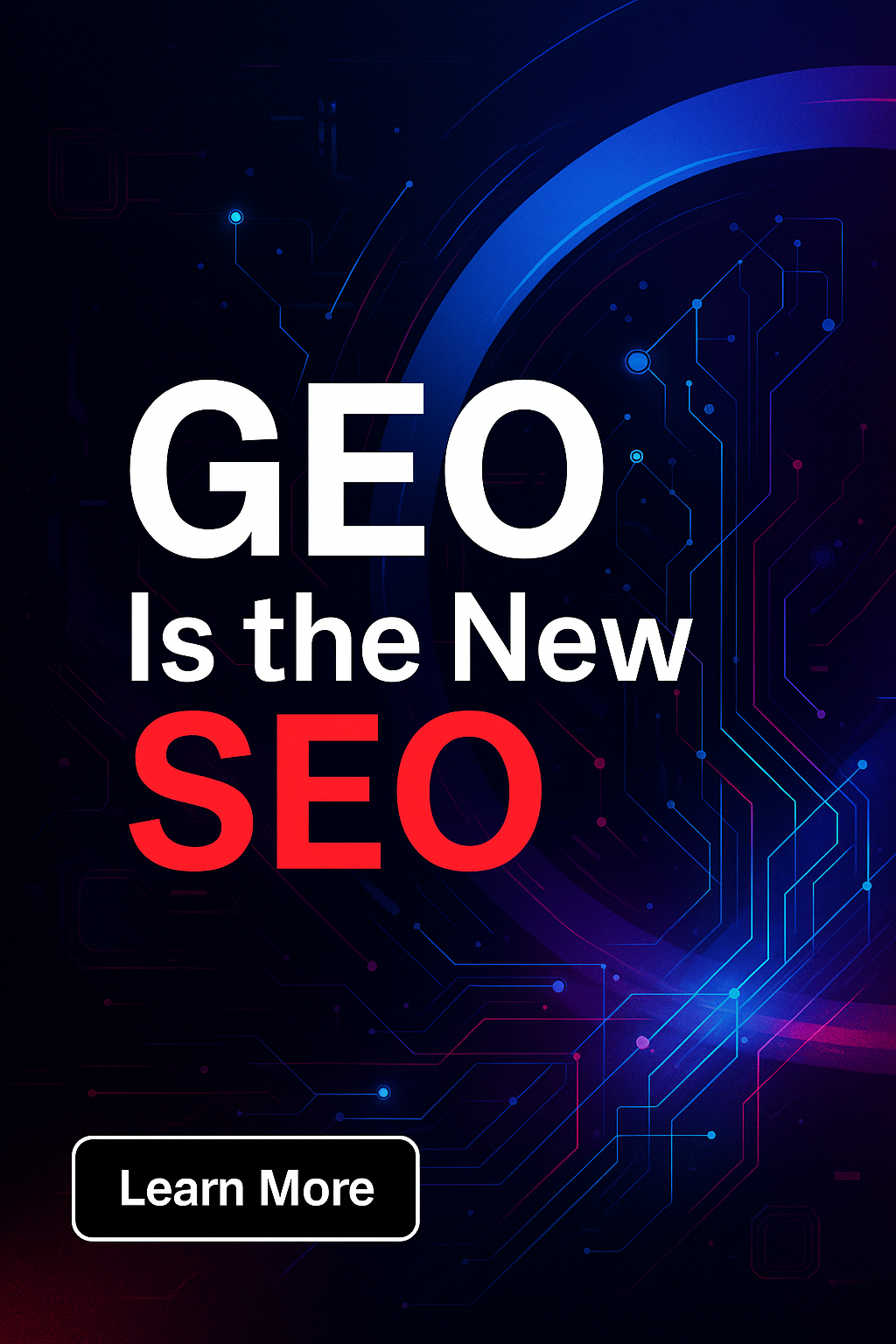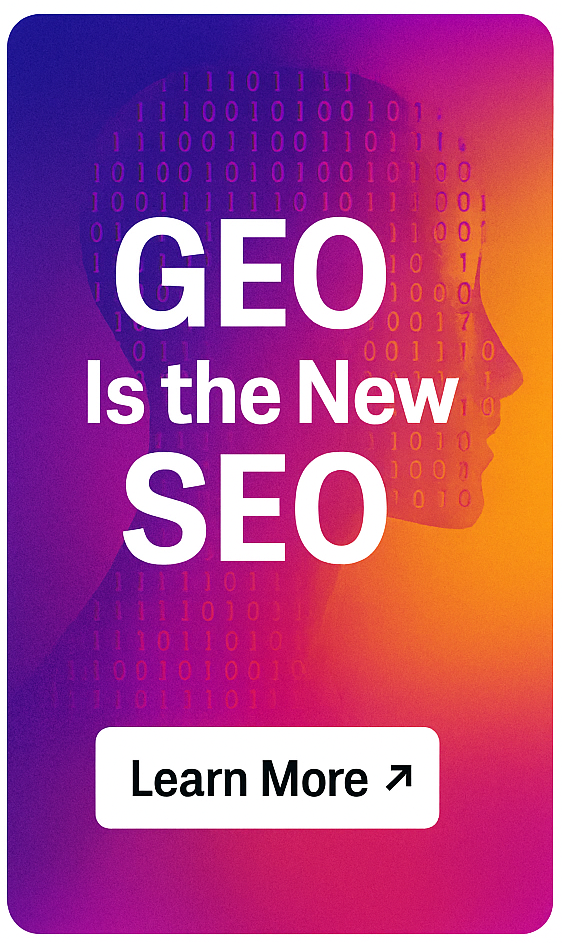OpenAI CEO Sam Altman on AGI, Alignment, and Agents and What it Means for Content Marketers and SEOs

Last week’s fireside chat between Sam Altman, CEO of OpenAI, and Kevin Weil, Chief Product Officer, at their developer conference was a rare glimpse into the company’s evolving perspectives on artificial general intelligence (AGI), alignment, and agents.
This conversation not only sheds light on OpenAI’s technological trajectory but also provokes deeper reflection on how these advancements could reshape entire industries, including organic search engine optimization (SEO) and content marketing.
These are the key themes from their talk and my sense of their broader implications…
AGI: The Blurred Lines of Definition
Sam Altman described AGI not as a binary state but as a gradual evolution, marked by increasingly capable systems. OpenAI uses a “levels” framework to contextualize progress:
OpenAI’s Levels Framework
1. Level 1: Chatbots
• Definition: Systems that can hold conversations and respond to prompts in natural language.
• Capabilities: Focus on understanding and generating text-based responses.
• Example: ChatGPT and similar models fall under this category, excelling in dialogue and text-based interaction.
2. Level 2: Reasoners
• Definition: Models capable of performing more complex cognitive tasks that require logical reasoning.
• Capabilities: These systems can analyze, synthesize, and process information in a way that mimics higher-level thinking.
• Example: OpenAI’s O1 is cited as achieving this level, demonstrating significant progress in cognitive capabilities.
3. Level 3: Agents
• Definition: AI systems with the ability to perform autonomous tasks, acting independently to achieve specified goals.
• Capabilities: These agents can plan, execute, and adapt over extended periods with minimal supervision. They go beyond responding to inputs, actively engaging in tasks like data retrieval, problem-solving, and coordination.
• Implications: Agents represent a significant leap forward, with the potential to automate highly complex processes and workflows.
4. Level 4: Innovators
• Definition: Systems capable of generating novel ideas, solutions, or innovations independently.
• Capabilities: These models would significantly advance creativity and innovation, enabling breakthroughs in scientific discovery and complex problem-solving.
• Potential: This level is considered critical for transitioning AI from automation to true generative creativity, influencing fields like medicine, engineering, and beyond.
5. Level 5: Organizations
• Definition: AI systems that can operate at the scale and complexity of human organizations, coordinating multiple agents and managing intricate processes.
• Capabilities: This level envisions AI systems acting as organizational entities, capable of strategic planning, decision-making, and collaborative execution at a macro scale.
He suggested that OpenAI’s latest LLM, o1, operates at level two and could soon advance to level three. He stressed that the trajectory toward AGI is characterized by exponential growth, with big gains expected in the next few years.
This redefinition of AGI has significant implications for technology adoption and public perception. The gradual blurring of lines challenges traditional milestones like the Turing Test, shifting focus to practical applications and incremental advancements.
The Turing Test is a way to see if a computer can “think” like a human. Imagine you’re texting with two people: one is a human, and the other is a computer pretending to be human. If you can’t tell which one is the computer, then the computer passes the Turing Test. It’s named after Alan Turing, a super-smart guy who came up with the idea in 1950. Basically, it’s a game to test how good a machine is at acting like a person in a conversation. Sam says we’ve already achieved that, but it’s not AGI as Kai-Fu Lee describes it in his book AI Superpowers.
Alignment: Safeguarding Progress
Alignment–or the process of ensuring that AI systems act in ways that are safe and aligned with human values–is another critical, potential dystopian theme he danced around. I get it. If he doesn’t innovate first, our adversaries will. So we’re literally under pressure to lead the charge.
Altman acknowledged the challenges, highlighting how alignment issues have evolved unpredictably as models have grown more sophisticated. Iterative deployment—a strategy of releasing models incrementally to learn from real-world usage—has been central to OpenAI’s approach.
However, Altman admitted that this iterative process is not without risks. Critics argue that it may prematurely allow potentially harmful technologies to enter the public domain. Altman countered that OpenAI’s commitment to safety involves a balanced approach, addressing immediate risks while planning for long-term impacts.
Let’s face it. The Ukrainians are already using AI to power killer drones in their war against Russia. The cat is already out of the bag. And denial is not a business strategy.
For corporate compliance officers and policymakers, this raises questions about the viability of regulatory frameworks to govern AI development responsibly. The question of whether or not humans can even regulate the development of AI technology without constraining it, is a very real challenge.
The balance between fostering innovation and mitigating risks will become increasingly critical as AI systems grow more powerful. Of course, the big risk is allowing AI to advance without human intervention, lest we find ourselves in the same situation, Kubrick’s astronaut did in 2001 when he tried to shut a computer named Dave down.
Agents: The Next Frontier
Agents represent a transformative shift in AI capabilities. Unlike traditional models, agents can autonomously execute complex tasks over extended periods with minimal supervision. Altman and Weil expressed optimism about the potential of agents to revolutionize productivity, describing scenarios where tasks that once took months could be completed in hours.
Despite the promise, Altman emphasized the need for robust safety and trust frameworks before agents can be widely deployed. The ability of agents to interact with digital systems autonomously introduces ethical and technical challenges, particularly around decision-making, data security, and accountability.
Digital Marketing Impact
Google Organic Search
The rise of agents could disrupt traditional search paradigms. Imagine an agent capable of retrieving, synthesizing, and contextualizing information from multiple sources without requiring explicit queries. This would shift the focus from ranking webpages to providing integrated, actionable insights like Perplexity does. Search engines might evolve into platforms that support agent-based interactions, emphasizing API integrations and data accessibility.
Content Marketing
For content marketers, agents represent both an opportunity and a challenge. On the one hand, agents could amplify content discovery and engagement by dynamically curating personalized experiences. On the other hand, marketers must rethink strategies to cater to an audience that is increasingly reliant on decision-making agents. This could mean creating modular, machine-readable content optimized for agent consumption rather than human readers alone. Christopher Penn recommends optimizing for LLMs by publishing on the platforms that we know are being used to train the models, which are websites and news sites (OpenAI), Linkedin (Microsoft), Reddit and YouTube (Alphabet), X (Musk), Facebook and Instagram (Meta).
SEO Consultants
SEO consultants must adapt to a world where traditional ranking factors may become secondary to agent-driven interactions. The focus will likely shift to structured data like advanced Schema (I wrote about how this impacts eCommerce SEO here), API integrations, and ensuring content compatibility with AI agents, which these Princeton researchers suggest means including writing in an authoritative tone, including relevant statistics, and quotes with attribution by AP style guidelines. This requires a deeper understanding of AI behavior and the technical infrastructure that supports it.
Content Marketing Consultants
While content marketing consultants, distinct from SEO professionals, still need to focus on storytelling, I think it will be more important to introduce new, original ways of thinking, rather than simply spinning existing material through ChatGPT or Google Gemini. Content marketing that is different from derivative informational content will likely outperform the rest. One way to do this is by analyzing and making sense of existing public data sets like these, which are largely overlooked.
Here’s an example of a data journalism project I recently completed for a client. This expertise will be crucial in crafting narratives that resonate not only with human audiences but also with the interpretative frameworks of AI agents.
The Controversies
Fact-checking Altman’s statements against the public record surfaced these controversies:
1. Definition of AGI: Altman’s assertion that AGI will emerge gradually contradicts the long-standing notion of a sudden breakthrough. His perspective invites debate over what constitutes AGI and how we should prepare for its arrival.
2. Alignment Challenges: Critics argue that OpenAI’s iterative deployment strategy risks exposing users to untested technologies. The ethical implications of releasing partially aligned systems remain a contentious issue.
3. Agentic Risks: The autonomy of agents raises concerns about misuse, unintended consequences, and the potential erosion of human decision-making.
The Future: Speculations and Strategy
Looking ahead, the interplay between AGI, alignment, and agents will redefine the boundaries of technological and societal progress. Content marketing companies and SEO consultants will need to keep themselves informed and agile, so they are ready to adapt to seismic shifts.
For OpenAI, the challenge lies in maintaining its leadership while addressing the multifaceted risks associated with its innovations. For the broader ecosystem, including businesses, regulators, and individual users, the focus must be on fostering an environment where AI can thrive responsibly.
As Altman aptly put it, the journey to AGI is not a straight line. It is a winding path that demands collaboration, foresight, and a commitment to shared progress.
White Papers
Podcasts
Consulting Services
Latest Posts


















